
Editor’s Note
Drinking water safety is not only the basic demand of human beings, but also the key to realize many of our society’s long-term goals such as poverty relief, people’s health and well-being, life improvement, etc. In China, accessibility of safe drinking water by more than 900 million people in rural areas is one of the key indicators of the country’s prosperity. During the “two sessions” meetings earlier in March this year, when interviewed by the press, E Jingping, Minister of Water Resources of China, promised to “make sure that our brothers and sisters in rural areas can have access to safe drinking water.”
Minister E Jingping at this year's "two sessions" meeting
Such a commitment was made on the basis of in-depth field investigation of water supply projects in thousands of villages, to which IWHR has made great contribution by providing technical support. The Lab of Rural Water Supply and Drainage (referred to as “RWSD” below) from IWHR’s Department of Irrigation and Drainage was the core team for the organization and implementation of the investigation.
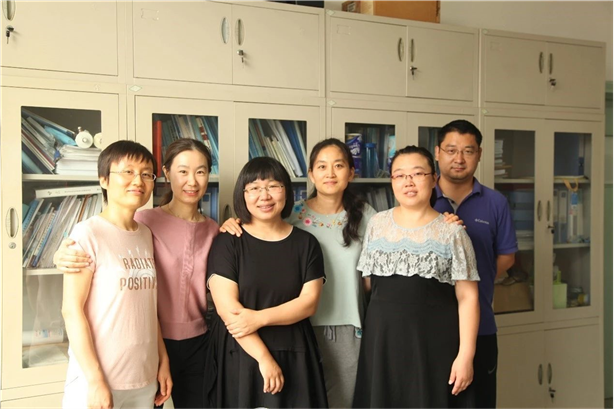
Group photo of the RWSD team
In today’s IWHR Innovation Story, let’s take a look at this group and see how such a group of outstanding young experts has contributed to this great program.
Three Questions to Answer
“Can rural residents have access to safe drinking water?”
“Can rural water supply projects operate smoothly?”
“Is the project operation sustainable?”
Those three questions were raised by Minister E Jingping in October, 2018, aiming to fully understand current status and improve rural water safety in China. To answer the three questions, the RWSD team took on the task of investigating no less than 100 rural water supply projects throughout the land.
The RWSD team has been dedicated to rural water treatment, drinking water disinfection and quality testing technology, information application and standardization of water supply, as well as the long-term operation mechanism for water supply projects for more than ten years. They have organized and participated in several national, provincial and ministerial key research projects related to water supply in rural areas, coming up with a series of both innovative and economical technologies to meet the special demand of rural areas, :

Mixed metal oxide for fluorine absorption and removal
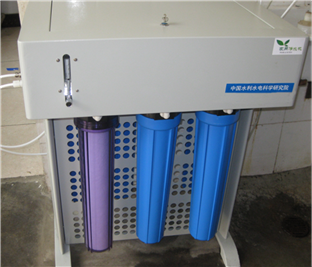
Household fluorine removal device
The absorption capacity of this household fluorine removal device using new-type of efficient fluorine removal material is more than three times that of the conventional absorbents, The processed water volume of a set of filter cartridge is enough for the drinking and cooking of a normal family of three for over one year.
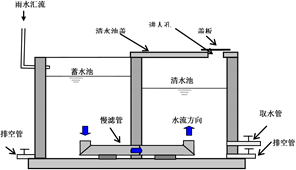
Schematic of the integrated rainwater collection and biological slow filtration and purification technology

The actual device based on the technology
The integrated rainwater collection and biological slow filtration and purification technology combines biological slow filtration and purification device with water storage facility for the first time. It can be easily built with local materials and doesn’t require any chemical agent or power, with a very low cost for building and zero fund for maintenance.

Response surface of carbon dioxide decay in pipe network
The effective chlorine concentration of its of electrolytic sodium hypochlorite generator is more than three times higher than its domestic counterparts, greatly reducing salt and power consumption.
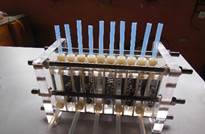
Electrolytic cells of the sodium hypochlorite generator
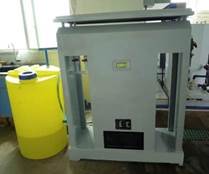
Sodium hypochlorite generator for water supply in rural areas
The technology system for rural water disinfection is the first system that combines the process of technology selection, model application, and design management and monitoring evaluation. The regional and water-plant-level automatic monitoring system for rural water safety has been widely applied in multiple areas. The monitoring systems established for four counties and more than 10 water plants have already benefited millions of people.
Since the “Eleventh Five-Year Plan” period, the RWSD team has won four provincial and ministerial awards as well as more than 10 others. The project named “Research and Demonstration of Integrated Technologies for Safe Rural Water Supply” won first prize of Dayu Award, the most recognized water award in China.
The RWSD team has done enormous work in project planning, feasibility study, technology design and promotion, etc. of rural water supply, playing a significant role in leading technology development, setting industry standards and promoting patented and proprietary products. The team also led the drafting of the national “Eleventh Five-Year” plan for increasing drinking water safety in rural areas, participated in the drafting of relevant plans during the Twelfth and Thirteenth “Five-Year”, and led the drafting of seven industry and group standards related to rural water safety.
In 2018, headed by Lab Director Wu Xiaomei, the RWSD team drafted the Evaluation Criteria of Drinking Water Safety in Rural Areas (T/CHES18). This document, jointly adopted and issued by the Ministry of Water Resources, the State Council Poverty Alleviation Office and the Health and Welfare Committee, has become the guideline for problem identification, solution development and product acceptance in rural water supply, strongly facilitating the nation’s effort to eliminate poverty.
Also, the team has been engaging in on-spot inspection and unannounced investigation of rural water supply projects in numerous regions organized by the Ministry of Water Resources for many years. Leaving their footprints all across the country, those young experts and engineers have gained rich field experience.
Go to the Field and Seek for Truth
A massive amount of work, the investigation of 100 rural water supply projects was required to be completed no later than the end of 2018. More importantly, changes in model of production as well as lifestyle in recent years have resulted in very different situation in rural water supply, which the team needed to figure out in less than three months. The young team was under tremendous pressure – how to provide deep insight within such a short period of time?
With no definite answers, the questions are both challenge and source of innovation. Under the organization and coordination of IWHR, a mixed investigation group consisting of experts from both water and other sectors was established with the RWSD team playing an essential role. Based on the solid research and practical experience, the team figured out the investigation plan by pooling the wisdom of all.
The first step was to select samples. Taking into account several factors like regional distribution and previous inspection results, the team selected a total of 111 projects in 32 cities/counties in 15 provinces, most of which are in impoverished areas in central and western China.
The implement of the investigation is very specific, which is also essential. The work is done in every household in dispersed rural villages, quite different from the research in the lab. For starter, the research group carried out pilot study on two projects, tested the “bottom-up” investigation approach, optimized the process to better fit real situation, and clearly defined the steps of the investigation in detail: first asking local residents about how the water supply network works and whether they could get clean and convenient drinking water; then collecting more information from the local village committee; next, checking purification facilities and water treatment process in local water plants, collecting water samples on site and talking face to face with project operators; lastly, holding discussions with the local Water Resources Bureau and Water Resources Department of the specific province, to further confirm the observation as well as the overall understanding of the investigation team.
To acquire complete first-hand data, the group also trained investigators on how to communicate with local people and respond to different emergencies before the investigation formally started.
In order to get results as early as possible, the research group was divided into eight small teams to conduct investigation in parallel. As the coordinator for the whole investigation team, the RWSD members were always the spearhead at different projects.
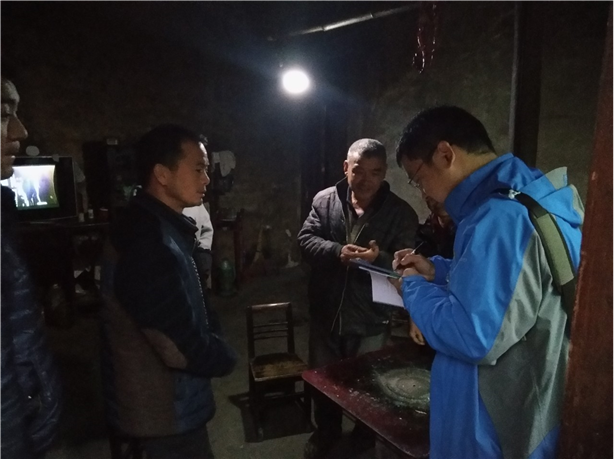
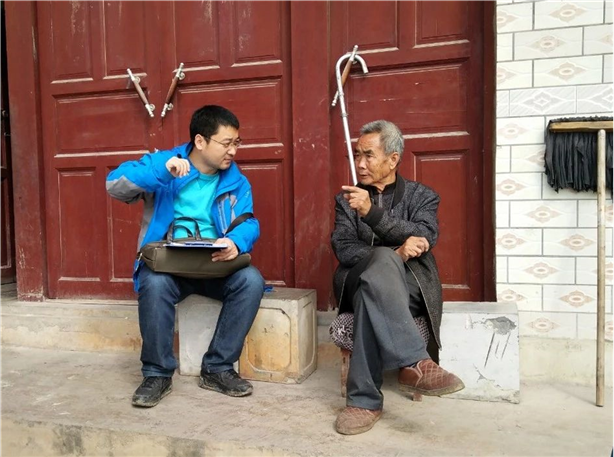
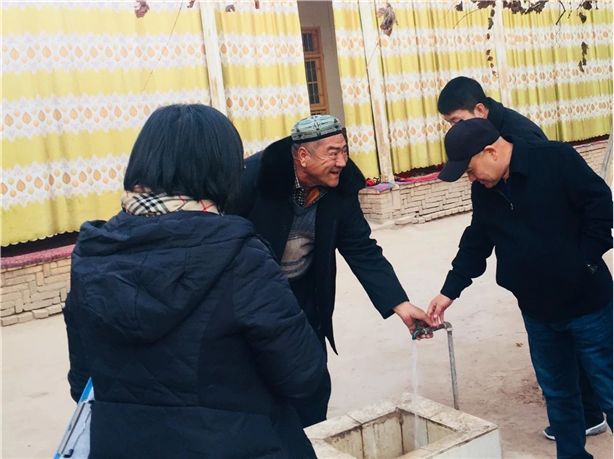
The teams went into households for first-hand data
All the eight teams complete the first stage of investigation in less than one month. Based on the precious first-hand experience brought back by investigators, the evaluation system to answer the three questions was established during the midterm meeting, combining qualitative and quantitative methods. Each water supply project is ranked qualitatively according to its capacity, operation status and whether it could operate in a long term; In the meantime, a series of indicators including water treatment capacity, water quality, water price and water tariff, are used to quantitatively score each project, precisely identifying the obstacles for normal and long-term operation of rural water supply projects. RWSD member Li Xiaoqin developed an evaluation software which significantly improved the efficiency of evaluation.
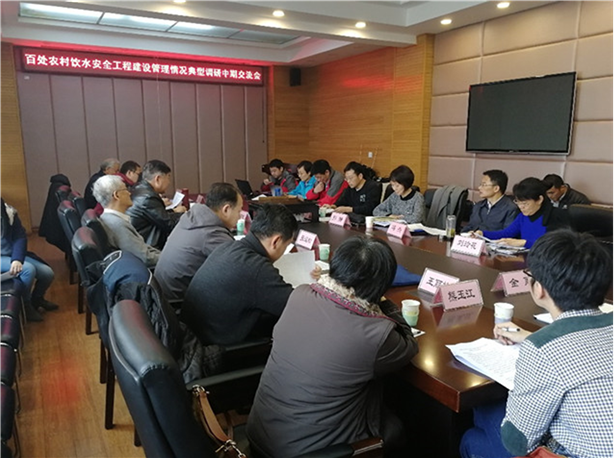
Experts exchanging ideas at the midterm meeting
During the investigation, experts found that water prices varied greatly in different places, while most rural residents didn’t yet built the awareness to pay for the water they use. Based on this observation, the group explored the relationship between a reasonable pricing and charging mechanism and the operation status of water supply projects, in order to find management methods for the sustainable operation of those projects.
Down-to-Earth for Greatness
Most samples are located in remote areas with harsh environment, inconvenient transport and even high altitude. In a trip to Xinjiang province, the car of the team led by Wu Xiaomei was trapped in snow on their way into the mountain. The day getting dark, everyone tried their best but still couldn’t pull out the car. Thanks to a local villager who brought horse and ropes from his home later, the team didn’t have to spend the night in the frozen mountain.
Everybody tried hard to pull the car out
The RWSD team is led by a woman with the majority of them also being female. While their male colleagues can fully involve in work, the female always need to spend more time on taking care of their families. However, they never escape from challenges nor fail to meet requirements in their work with the excuse of gender. Shouldering all the responsibilities, these young women never stop reaching for their dreams.
Go Further with Original Aspiration
Stress can be transformed to great potentials in face of challenge. Under the guidance of IWHR leaders and with support from fellow institutions, the investigation group finished the task on time with a great performance. Based on in-depth analysis of the 111 rural water supply project across the country and the evaluation system established, the final report answered the above-mentioned three questions scientifically, and also gave concrete and practical advice for improving drinking water safety in rural areas which was highly recognized.
Without a stop, the whole RWSD team again devoted themselves to the unannounced investigation of 3,000 villages, which was a continuation of the former one aiming at a more comprehensive understanding of the construction and operation of existing rural water supply projects in China. The team’s work covered 140 villages in 7 counties, while the data analysis and evaluation for all the 3,000 villages also fell into their duties. Doing their utmost, the team once again finished the work perfectly.
So far, the team has brought a great deal of scientific discoveries from laboratories to millions of rural households, boosted continuous improvement of rural water safety and supporting policies, and obviously improved life quality of thousands of rural residents. For these IWHR experts, this is their original aspiration of pursuing a career in rural water research. As the RWSD team members said, witnessing the ongoing progress in rural water safety these years and knowing that thousands of rural people can have convenience access to safe drinking water, they felt not only happy but also obliged to further their research for a more beautiful and prosperous countryside .
In the next step, the RWSD team will undertake rural-water-related tasks in the “Fourteenth Five-Year”, and go further to support other countries in the Lancang-Mekong basin in improving drinking water safety by sharing the Chinese wisdom and experience. There is still a long way to go, and the RWSD team will surely live up to the expectation of its country and people and keep forging ahead.








